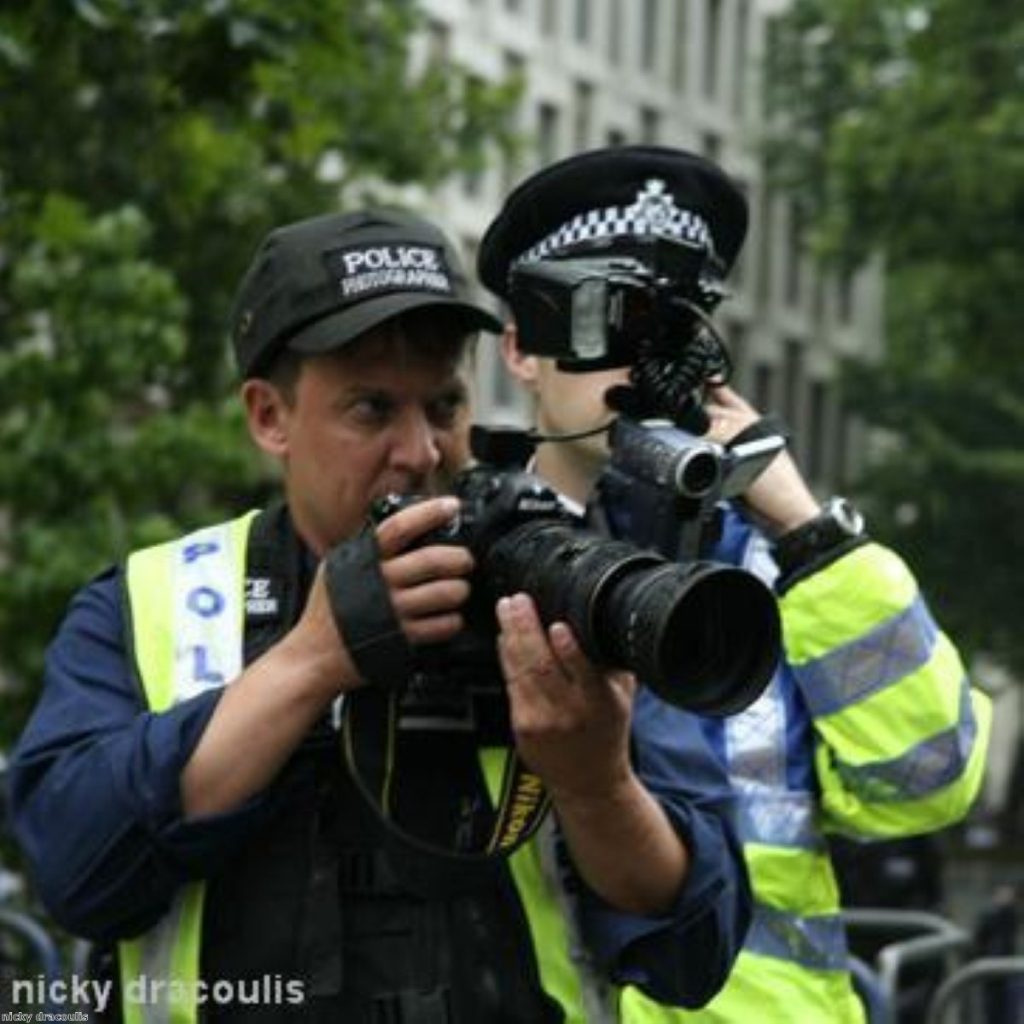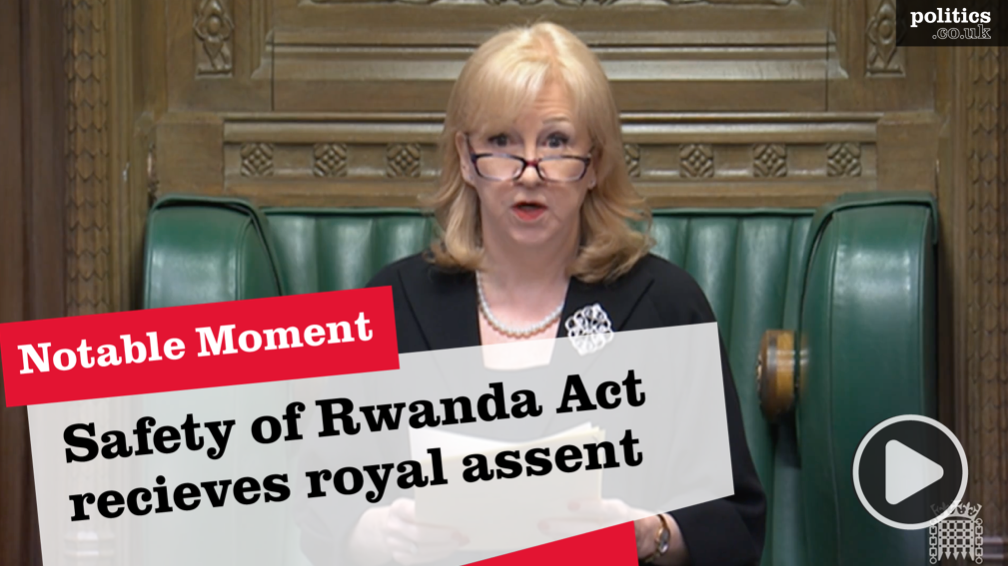Orde: Uneven protest policing unacceptable
By Ian Dunt and Alex Stevenson
Sir Hugh Orde, the man who lost out to Sir Paul Stephenson to be the Metropolitan police’s commissioner, has said using force disproportionately would be “unacceptable”.
His comments came as parliament forges ahead with its investigation into the policing of the G20 protests today, with two committees pushing for answers.
Sir Hugh, the chief constable of Northern Ireland, lost out to Sir Paul for the Metropolitan police commissioner job after Sir Ian Blair resigned last year.


Today he appeared before the home affairs committee to answer questions on the policing of the protests.
He made clear that in Northern Ireland his officers worked on the principle that “it’s good to talk”.
Committee chairman Keith Vaz told him a protestor who earlier gave evidence, Nicola Fisher, had described being slapped and hit by batons of police officers.
“Disproportionate use of force is unacceptable,” Sir Hugh, who deals with 250 contentious protests in Northern Ireland every year, responded. “It should be investigated. It should be dealt with.”
He told the committee that while communication was the number one priority some people would attend “not to exercise their lawful right to protest but to cause mayhem”.
He added: “There is a hard edge to this which means you have to respond in a proportionate way. If they choose to communicate, great. If they don’t you know what you’re dealing with.”
Sir Hugh recently announced he would step down as chief constable of Northern Ireland to become president of the Association of Chief Police Officers (Acpo).
Earlier, Deputy Chief Constable Sue Sim, the Acpo lead on public order and public safety, admitted there were no specific guidelines available on plain clothes police officers operating in crowds.
When it was put to her plain clothes officers had been operating in the G20 by Lib Dem MP Tom Brake and Conservative MP James Clappison, she said she “wouldn’t expect” them to have been there.
“This may well be something we would expect to go into in the future,” she said.
Dep Ch Const Sim was clearer on her concerns about media coverage of the protests.
“It was very clear the media coverage was pointing out the fact the protestors were assaulted,” she added.
“I saw police officers being assaulted. That has now mysteriously disappeared and is never replaced. We have to be very careful about the way the press is portraying instances [of violence].”
This afternoon the chair of the Independent Police Complaints Commission (IPCC), Nick Hardwick goes before the joint committee on human rights to discuss ‘policing and protest’.
The sessions came as protests were announced over the death of newspaper salesman Ian Tomlinson.
Demonstrators plan on sealing off the streets around the Met building on May 23rd to give the police an idea of how it feels to be ‘kettled’ – a reference to the controversial police tactic where section of a protest are cordoned off with no-one being allowed in or out.
The plan was unveiled by the United Campaign Against Police Violence.
Last week, Sir Paul Stephenson, Met commissioner, admitted he was uncomfortable with the tactic.
In an interview with the Times, he said he wanted to “recognise the disquiet over our tactic without actually saying the tactic is wrong”.
“Is this the price we pay for not having the paramilitary equipment that our colleagues would have on the Continent?” he asked.
But the commissioner went on to suggest it would have been “hugely irresponsible” to allow demonstrators to come and go as they wish in case they scared the public.
An officer was shown pushing Mr Tomlinson moments before he died, and is now being questioned under manslaughter charges.
The IPCC is currently reviewing the incident, but it has not been immune from criticism itself.
Many commentators point to the fact it was pushed into taking the death seriously only after members of the public handed in incontrovertible evidence of Mr Tomlinson coming into contact with officers.












